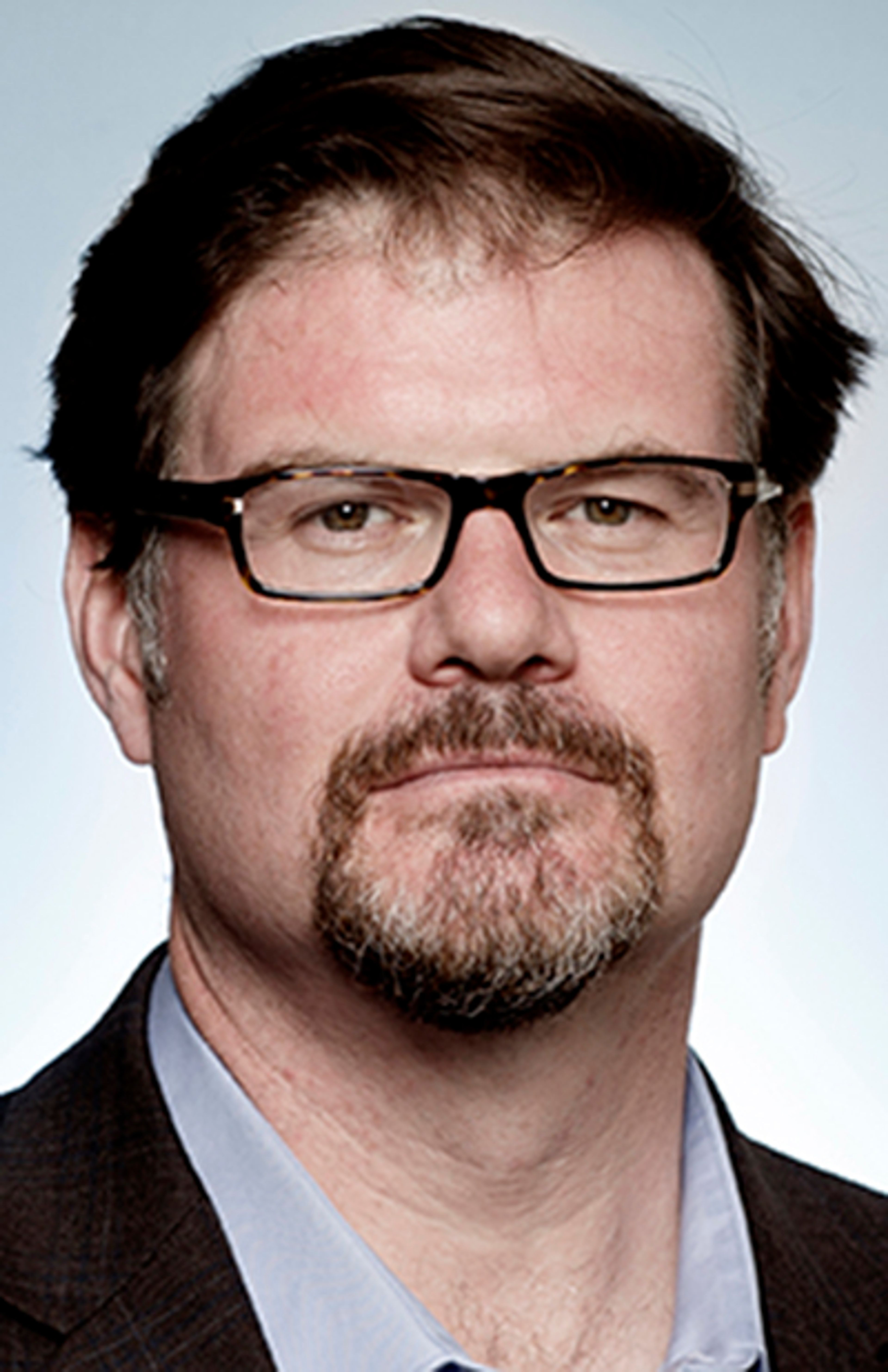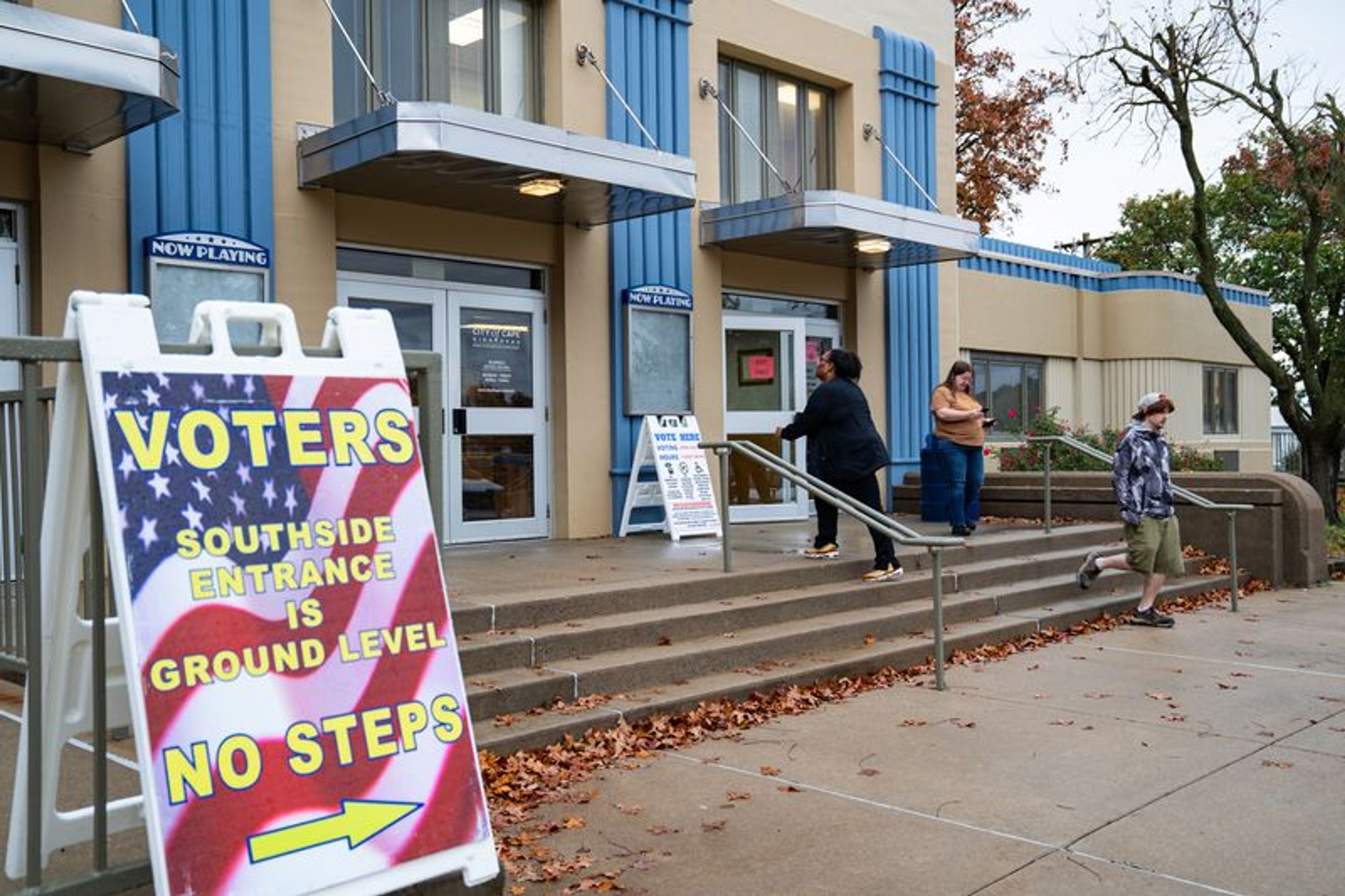MoDOT puts safety over cost in Jackson plan
The Missouri Department of Transportation plans to widen Highway 34-72 through Jackson, Mo., from Highway 25 to the western edge of town. The plan calls for a four-lane highway with a median barrier and signalized intersections with turn lanes and U-turns. Some city officials, business owners and residents prefer a four-lane highway with a center turn lane....
The Missouri Department of Transportation plans to widen Highway 34-72 through Jackson, Mo., from Highway 25 to the western edge of town. The plan calls for a four-lane highway with a median barrier and signalized intersections with turn lanes and U-turns. Some city officials, business owners and residents prefer a four-lane highway with a center turn lane.
By Scott Meyer
SIKESTON, Mo. -- One of the most difficult facets of public service is to find oneself deciding the proper solution to difficult problems where good people on each side make compelling arguments.
Roadways, by their very nature, serve a dual purpose. They provide a means of transport between one place and another and provide access to adjacent property. Sometimes these dual purposes come into conflict, especially in communities such as Jackson, Mo. Thus, we define the purpose under which the two groups have aligned themselves.
Those who are interested in increased access to their approximately 121 properties and 32 businesses are concerned about the additional travel and inconvenience to get to their property. They believe property values will decrease and businesses will lose customers. At any location where the Missouri Department of Transportation will buy property or easements, compensation will be paid to each owner based on before-and-after values of the property.
The project will cause no property owners to be unable to get to their property. We have been able to reduce the inconvenience to access many properties. Most would agree that signalized intersections are certainly safer for all drivers than trying to back out or cross five lanes of traffic moving at 40 mph.
The other issue is the safety of motorists who amount to 16,000 vehicles now and 36,000 in 2023. Our studies verify about 25 percent fewer accidents on the proposed four-lane versus a five-lane facility. Due to the barrier, many of these avoided accidents are right-angle accidents, which are often more severe.
MoDOT has never published any accident statistics for the five-lane section along Highway 34-61 (East Jackson Boulevard) or for the current two-lane section of Highway 34-72. Accidents may have been discussed during some meetings in response to questions. The data used in answering questions has been double-checked and is accurate. The Missouri State Highway Patrol supplies the accident data MoDOT uses when designing roads. MoDOT would never skew accident statistics.
There was a request that MoDOT come forward and answer some questions. We have had more than 30 meetings with landowners, businesses, individuals and groups to educate all potentially affected interests about the project since announcing our four-lane access-management plan for Highway 34-72 in February 2001. In addition to two open-house information sessions attended by more than 350 members of the public, our project team has met continuously with the board of aldermen, county commission, city officials, area legislators, property owners, schools, medical and law enforcement groups and anyone else who was interested. Comments continue to come to us daily, and there are residents in favor of the four-lane improvements. If questions have not been answered, it has not been because of a lack of trying to interact.
Questions have also been posed about five-lane projects in Fruitland and Poplar Bluff. Our access-management plan differs on these routes from Highway 34-72 for several reasons. Route PP and U.S. 61 currently carry only 8,800 to 9,600 cars each day -- much less than the traffic volumes on Highway 34-72. Both the Fruitland and Poplar Bluff projects were designed before MoDOT began implementing an access-management strategy. The four-lane improvements in Jackson are not about saving money. They are about saving lives.
I have heard people call for compromise. We have done that. Throughout the design, we have tried to lessen the inconvenience to property owners where we could without compromising safety. We also continue to look for new ideas. In addition to the five signalized intersections, the current plan also includes median breaks roughly every quarter-mile with a designated lane for cars wanting to turn left. With this design, property owners will have at most a half-mile of adverse travel to reach their property.
The history of this project is interesting. In the 1980s, a study was done regarding a bypass. The citizens of Jackson did not want a bypass, and the proposal was stopped. In the mid-1990s, an array of options was studied, and much public input took place. The city took no position, and many businesses were once again against a bypass.
Safety and congestion of the National Highway System route continue to be a concern. Yes, Jackson is served by this route, but so are the citizens who are connected to the east and west of Jackson. Their safety and their mobility are important as well. It is my job to find the right balance.
Some have suggested to me: Just abandon the project and let Jackson live in this congested state that will only get worse. If access is this important to them, let them have it. Well, I just don't think this is the right thing to do. It was a problem in the 1980s, the 1990s and now in the 21st century. As do-nothing strategy or solution only punishes Jackson and everyone who uses Highway 34-72.
As we move forward, we will continue to find incremental improvements to access without compromising safety. I am sure the criticism by some will continue, and that is part of my job to endure. However, I am just as sure that when crashes happen and people are injured or worse, the letters about the white crosses on the side of this state route will not be written to Jackson or to the property owners or businesses along the route. They will be addressed to me.
Scott Meyer is the district engineer for the Missouri Department of Transportation's Southeast District.
Connect with the Southeast Missourian Newsroom:
For corrections to this story or other insights for the editor, click here. To submit a letter to the editor, click here. To learn about the Southeast Missourian’s AI Policy, click here.








